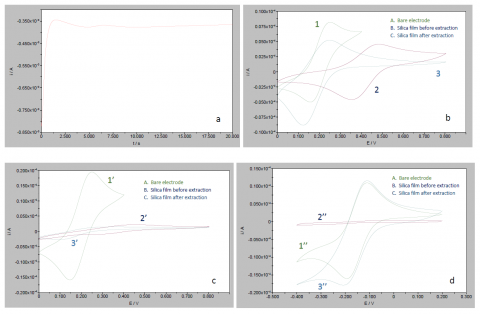Study visit to LCPME Nancy
On the 13th-29th of July 2019 Alcina Johnson SUDAGAR went for a two-week research internship to the CNRS Laboratoire de Chimie Physique et Microbiologie pour les Matériaux et l’Environnement. It was focused on functionalization and electrochemical characterization of mesoporous materials. One area of interest of the Analytical Chemistry and Electrochemistry (ELAN) research team is sol-gel electrosynthesis and surface functionalization methods, with potential applications in the field of the environment and functional materials. The ELAN activities are located at the triple confluence of electrochemistry, analytical chemistry, and the chemistry of porous (meso) and / or (bio) hybrid materials based on silica.
At this team, Alcina Johnson SUDAGAR performed her research under the guidance of Dr. Neus VILA who is experienced in preparation of silica based vertically oriented electrochemically ordered polymeric structures. She synthesized polymer films of tetraethyl orthosilicate (TEOS) according to the literature procedure without and with functionalization groups up to 10% . Furthermore, Alcina prepared films based on azides, and then used click chemistry to functionalize the films with bulky moieties like ferrocene. She characterized the films electrochemically using three different redox probes, each of different charge. The films exhibited behavior of ordered structures and allowed for the diffusion of electrons to the electrode surface.
The advantage of electrochemical silica based film formation over chemical synthesis is that the former results in vertically grown ordered films with uniform mesoporosity. This film structure aids in further electrochemistry at these surfaces while chemical synthesis results in a film blocking the electrode. In future, she is planning to use similar films for bulk and/or surface molecular imprinting that can be used for sensor and/or electro-catalytic applications.
Dates
13-29 July, 2019
Location
LCPME Nancy, France
Participant
Alcina Johnson SUDAGAR




